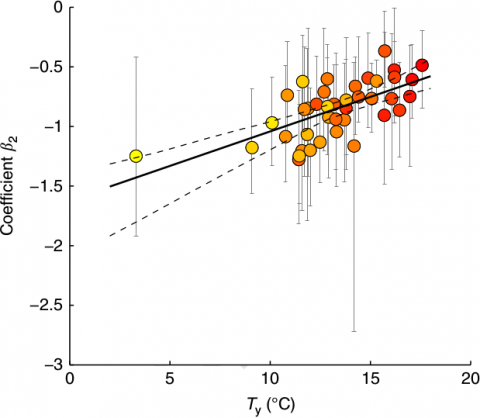The projected increase in drought conditions will lead to an increase in the area burned by wildfires in the Mediterranean by the end of the century, according to a modelling study published in Nature Communications whose first author is Dr. Marco Turco (Universidad de Barcelona), in which our colleague from Predictia, Joaquín Bedia is co-author and has contributed with the generation of historical and future drought scenarios from Euro-CORDEX.
Under a 1.5°C increase in global temperatures, the study predicts there will be an increase of 40% in the total area burned. However, by accounting for the changing climate-fire relationship, the model suggests that the total area burned could be smaller than previous projections.
Mediterranean Europe is highly susceptible to fires. In particular, the 2017 fire season led to extensive damage, including loss of human lives. A warmer and drier climate is expected to lead to more favourable conditions for fires in this region. At the same time, changes in climate conditions will also lead to changes in vegetation, the primary fuel for fires. However, most wildfire activity projections assume a non-changing relationship between climate, vegetation and fire.
Marco Turco and colleagues use a set of regional climate models to project burned area in Mediterranean Europe for 2099 taking into account how the climate-vegetation-fire relationship will change under different scenarios (an increase of 1.5, 2 and 3°C of mean global temperature) as a result of factors such as drought. The authors find that the area burned by wild fires would be half of that assuming a linear relationship, as previous studies have done. However, the burned area still increases with warming, with a 40% rise over current levels for a 1.5°C scenario (mostly in the Iberian peninsula), and 100% of current levels for 3°C warming.
More info at: Exacerbated fires in Mediterranean Europe due to anthropogenic warming projected with non-stationary climate-fire models.

